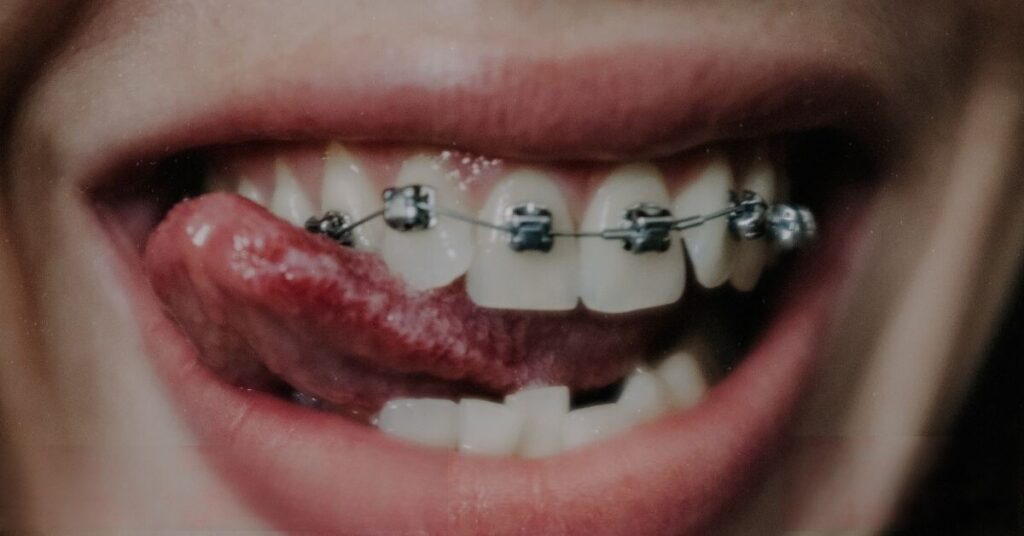Self Ligating Braces: How do they work?

Self Ligating Braces
The application of braces has been a well-known method to fix teeth and jaw issues such as crooked teeth, irregular bites, and gaps between teeth. Braces can provide the required makeover to your teeth and jaw through gradual corrections that are achieved with time. The general principle of braces is to apply pressure on the teeth through a series of alignments to get the teeth back into the desired position.
The application of braces involves two major components which include the brackets and the aligning wire, also known as the archwire. The brackets are fixed on the teeth during the treatment and the archwire is placed into these brackets to apply pressure on the teeth. In traditional braces, the archwire is held onto the brackets with the use of elastic or metal ties that give a noticeable colour to the braces.
What are Self-Ligating Braces?
There is a category of braces known as self ligating braces that do not require any ligatures to bind the archwire to the brackets. In self-ligating braces, a built-in system is provided in the brackets themselves to hold the archwire into the right position. Every bracket in this type of braces comes with a self-ligating slide mechanism in which the aligning wire can be fitted every time without the need for elastic or metal ties.
How do Self-Ligating Braces Work?
Self-ligating braces come with self-ligating brackets that have a clip-like mechanism that closes over the bracket to hold the archwire into its place. To understand how self-ligating braces work, you need to categorise them into active and passive brackets. Active brackets consist of a sliding mechanism with a spring clip that applies pressure on the archwire by pressing against it. On the other hand, passive brackets consist of a sliding mechanism that is simple and does not press on the archwire.
Advantages of Self-Ligating Braces over Traditional Braces
There are a few potential advantages of self-ligating braces over traditional braces. Here’s a look at the potential advantages that self-ligating braces can provide.
Shorter Adjustment Time: In traditional braces, while adjusting or removing the archwire during every visit, the elastic or metal ties need to be removed and handled individually. This may take more time during every visit for an adjustment of the braces. In self-ligating braces, the sliding mechanism may make it easier and less time-consuming to adjust the braces.
Less Food Residue in Mouth: While having a meal, food can get stuck in elastic or metal ties around the bracket which may increase the risk of plaque. Removing self ligating braces
and cleaning such stubborn food particles can become a challenge. Self-ligating brackets can make the process of cleaning teeth more convenient.
Reduced Discomfort: People with self-ligating braces may experience less discomfort during the treatment process.
Limitations to Self-Ligating Braces
Cost of Application: Self-ligating braces can cost more compared to traditional braces since they use improved technology to hold the archwire. However, you can get the same type of correction by using traditional braces at a lower price. You can also look at makeO toothsi aligner cost to get clear aligners with premium quality.
Maintenance: It is necessary to maintain the self-ligating brackets during the treatment since it will take more time to replace the brackets if they break down in between. You will need a longer duration of appointments to fix these types of brackets as they will have to be replaced completely.
Conclusion
Self-ligating braces are an innovative way to save the hassle that comes with replacing the elastic or metal ties in traditional braces. You can consult your orthodontist and take their consultation to see if self-ligating braces can be a perfect fit for you. You can also check out the teeth aligners cost at makeO toothsi for their clear aligners to transform your smile through a comfortable and money-saving treatment. EMI for toothsi clear aligners starts at ₹3,019/month.





